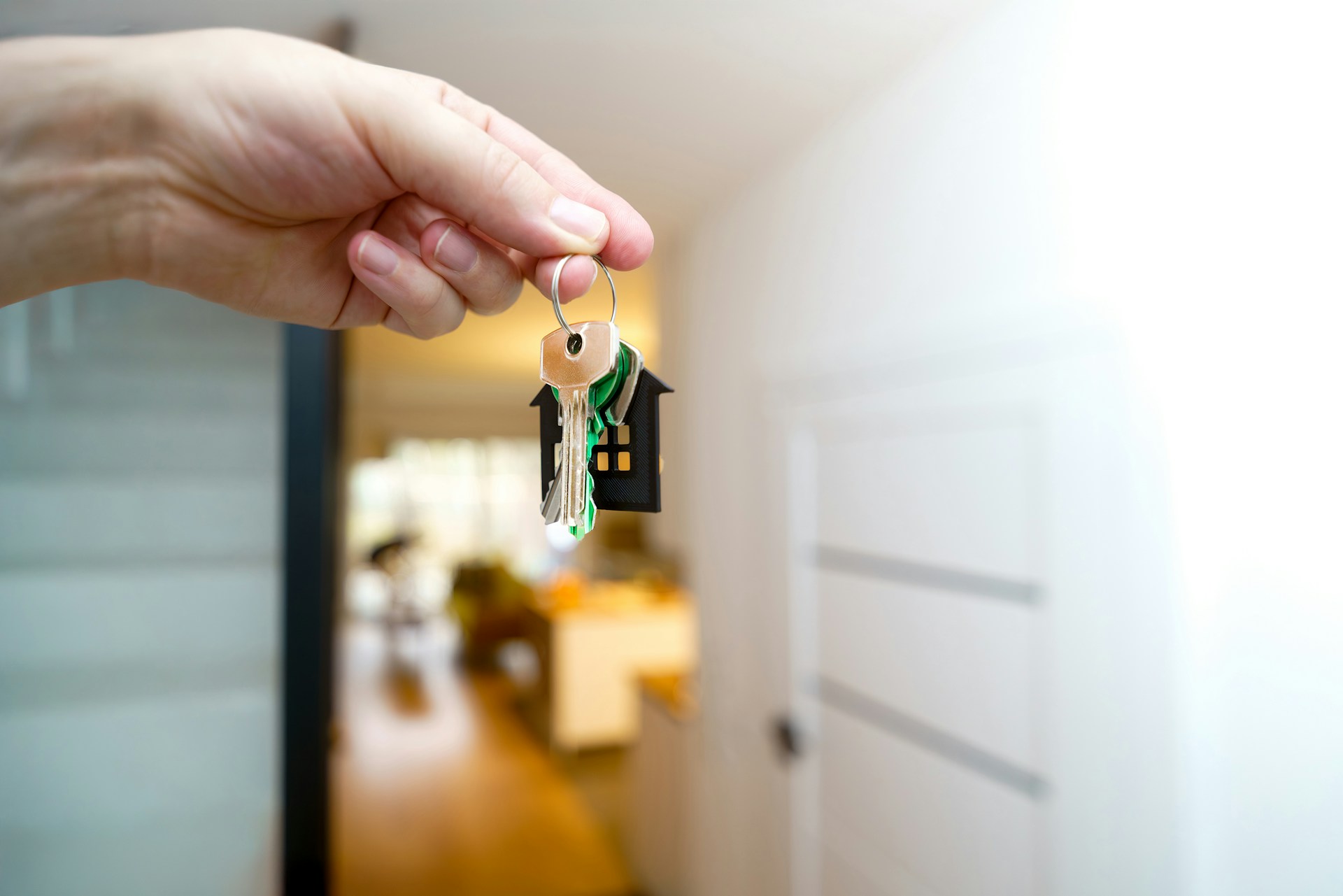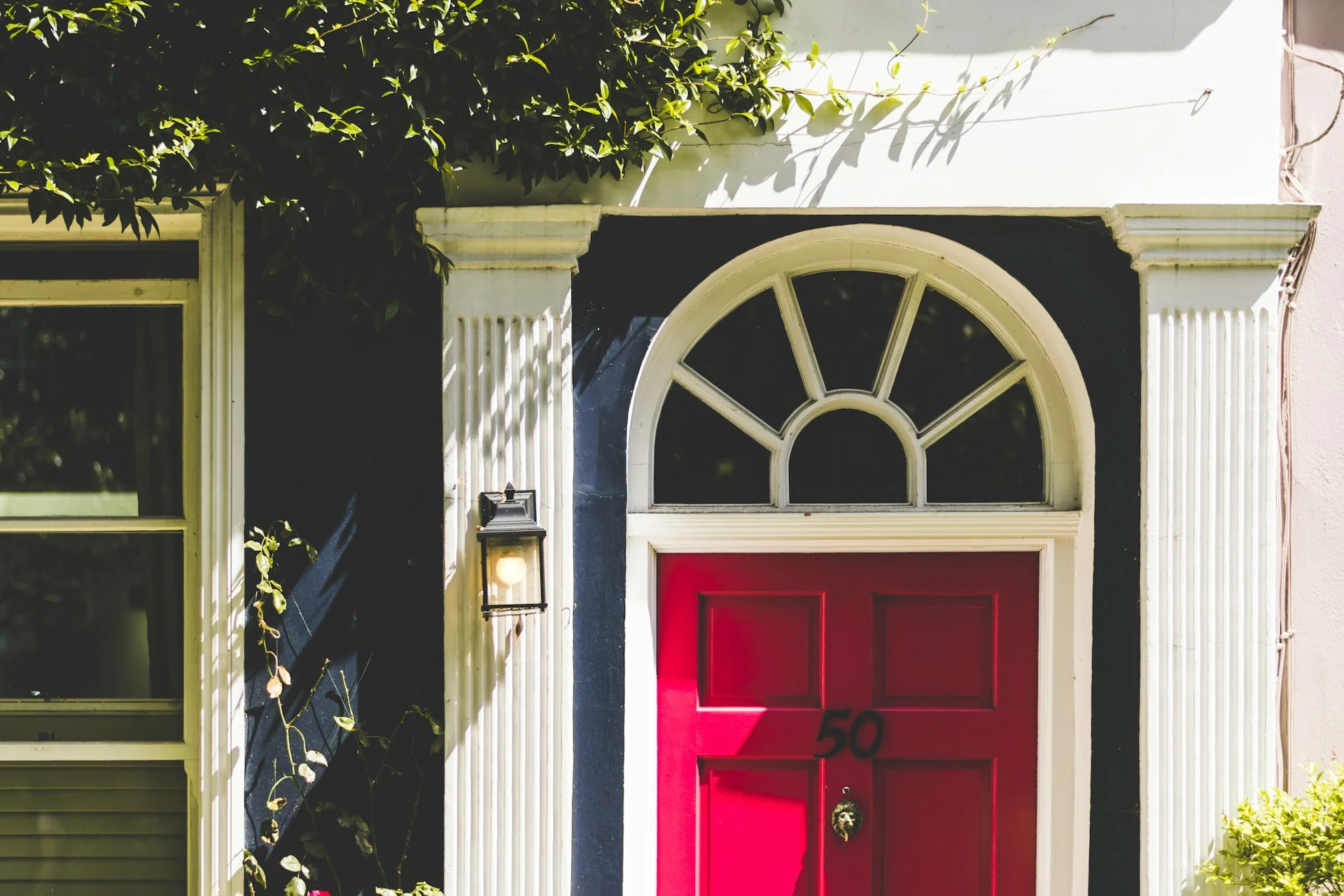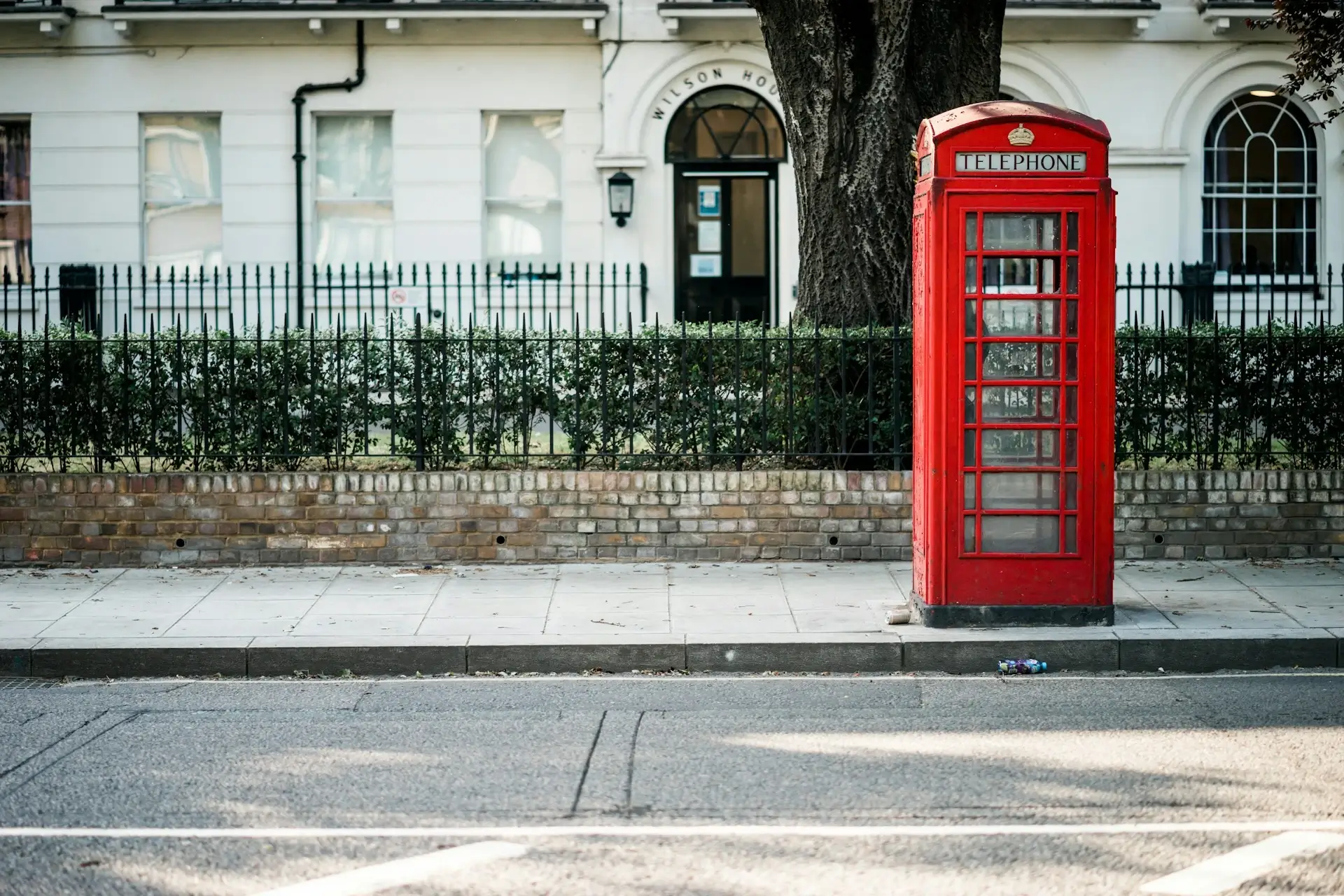Most people prefer investing in property, which is more tangible and feels safer compared to stocks or other financial products. In the UK, this mindset has made property one of the most popular investment choices. Rather than buying homes to live in, many investors purchase them to rent out and generate a steady income. This approach created the idea of “buy-to-let mortgage”. It enables people to accumulate wealth through rental yield and potential property appreciation.
Key aspects of buy-to-let mortgages
- Buy-to-let mortgages are designed for people purchasing a property to rent out rather than to live in.
- During the process, lenders will check that the rent you expect to earn will be high enough to cover your mortgage payments, usually with some extra margin for safety.
- As a borrower, you typically need a higher deposit than for a standard residential mortgage, often around 25 % or more.
- There is usually a minimum income requirement (mostly around £25,000 annually) to qualify for many buy-to-let mortgages.
- You cannot normally live in the property you have purchased with a buy-to-let mortgage, unless you obtain a special “family BTL (buy-to-let)” arrangement.
- The landlord must tell the lender if they plan to rent the property to a family member, because different rules apply.
What is a Buy-to-Let Mortgage?
A Buy-to-Let mortgage is a type of loan designed for people who want to buy a property as an investment and rent it out to tenants. Unlike a standard residential mortgage, it is based mainly on the expected rental income from the property.
These mortgages usually require a larger deposit, often around 25% or more. The interest rates can be slightly higher than for regular home loans. Most lenders can also ask you to have a minimum personal income, typically around £25,000 a year. It is to make sure they can still manage monthly mortgage repayments if the property is empty.
It is also important to note that you cannot live in a property bought with a buy-to-let mortgage. Plus, if you plan to rent to a family member, you must tell your lender since different rules may apply.
Buy-to-Let Mortgages for First-Time Buyers
If you are a first-time buyer, investing in a property to rent out can be a smart way to enter the property market, especially in areas where house prices are high, like London. On the other hand, if you buy a rental property in an affordable location in the UK, you can generate extra income too.
However, there might be some challenges you might be aware of. You may encounter fewer suitable properties available for buy-to-let as a first-time buyer. Additionally, you are required to pay a larger deposit than a standard first home. Lastly, you will not benefit from the usual first-time buyer stamp duty relief, which is around 5%. You have to pay stamp duty land tax. It will only apply to you if you buy a home for yourself.
How Do Buy-to-Let Mortgages Work?
When you get a buy-to-let mortgage, you must be aware that it works differently from regular home loans since they are mainly designed for investment, not for personal use. They are interest-only, which means your monthly payments cover just the interest, not the full loan. By doing so, it keeps payments lower and offers you a path for a long-term investment. However, you still need a plan for the mortgage repayments.
You can use the rental income from tenants to cover your mortgage payments while the property grows in value over time. Some mortgages do include both interest and capital monthly repayments. This means they require higher monthly payments. Yet, by the end of the mortgage term, the property will become fully yours, and the rent will become profit.
Another important point is that the amount you can borrow is usually based on the rent the property can earn. This means that a well-located or larger property that can command higher rent could qualify for a bigger mortgage.
How to Apply for a Buy-to-Let Property & Mortgage
Now that we have uncovered what it is like the concept of a buy-to-let mortgage, let’s move on to the application steps.
1. Check your readiness
The first step includes checking whether you are eligible to apply or not. You must meet basic lender requirements, such as age limits and creditworthiness. At this stage, you can contact a mortgage advisor or mortgage broker too. Plus, you need to have enough savings for a deposit and other costs. Additionally, you must plan for the times when you do not have any rent coming in.
2. Estimate how much you can borrow via interest rates
Mortgage providers often base the mortgage rates on the potential rental income rather than just your salary or personal income. You will be required to pay around a 25% deposit.
3. Research potential properties
The next step includes looking for buy-to-let properties in areas with strong rental demand and good growth potential. Note that the property value usually needs to meet the lender’s minimum threshold.
4. Apply for a mortgage
Once you have chosen a property, submit your application. You will need proof of income and tax returns, employment details, financial commitments, and identity verification.
5. Complete legal checks and surveys
At this step, we recommend that you work with a solicitor. They will help with contracts, property checks, and surveys to make sure everything is in order before buying property.
6. Finalize the purchase and start renting
After completion, you officially own the property and can begin renting it out. Rental income can cover your monthly mortgage repayments, while the property may increase in value over time.
Buy-to-Let Mortgage: Related Costs
Getting a buy-to-let mortgage also requires you to come across some costs. These are highlighted below:
Capital Gains Tax
If you sell the property for more than you paid for it, the profit may be taxed. The amount depends on your total income and the gain, and there are annual tax-free allowances. You can only pay capital gains tax when you sell the property, not while you’re renting it out.
Income Tax
The rent you receive from tenants counts as income, so it is subject to income tax. You can deduct certain allowable expenses, such as mortgage interest rate, letting agent fees, and maintenance costs, before calculating the tax you owe.
How Much Deposit Do I Need for a Buy-to-Let Mortgage?
When it comes to buy-to-let mortgages, lenders usually expect a larger upfront deposit than for a regular home loan. Because these mortgages are considered higher risk, a deposit of around 25% or more of the property’s value is typical.
The size of your deposit can affect the mortgage deal you receive. Larger deposits often lead to lower interest rates and better mortgage terms.
Switching to a Buy-to-Let Mortgage
Sometimes you can become “accidental landlords”. It means that you did not plan to rent out your property, but circumstances have changed. You might move to a new home but want to keep your old property, or perhaps you inherit a house you plan to let out.
If you want to rent a property that currently has a standard residential mortgage, you must inform your lender. If you do not, you could breach your mortgage terms and cause serious problems.
Depending on your mortgage provider, you may need to remortgage to a buy-to-let mortgage. This could mean switching lenders, or you might be able to get a “consent to let” agreement that allows you to rent the property while keeping your existing mortgage.
Pros and Cons of a Buy-to-Let Mortgage
Pros
- Potential rental yield
- Long-term capital growth
- Portfolio building
- Control over investment
Cons
- Higher upfront costs
- Market risk
- Management responsibilities
- Tax implications
Frequently Asked Questions on Buy-to-Let Mortgages
Can a Buy-to-Let be rented to family?
Yes, you can rent a buy-to-let property to a family member, but you must tell your lender. Some lenders may have different terms or restrictions for renting to family members, as the arrangement might not be considered a typical rental agreement.
What salary do I need for a Buy-to-Let mortgage in the UK?
Your salary is not the primary factor when borrowing money for a buy-to-let mortgage. Instead, mortgage providers mostly focus on the rental income the property is expected to generate. However, most lenders still require applicants to have a minimum income of £25,000 to £30,000 annually. It is, in a way, to ensure you can cover costs like the mortgage and other expenses.
What is the average Buy-to-Let mortgage rate in the UK?
As of 2025, the average buy-to-let mortgage interest rate in the UK is typically around 4% to 7.5% for a 2-year fixed rate mortgage. It can vary depending on the loan-to-value ratio, the type of property, and the lender.




